Can we make doors that are bulletproof?
One time a member of our sales team fielded an interesting query from a person who wanted a new door for their safe. They wanted to know, could we build a door that could stop bullets?
Questions like this are why we exist, after all—we love to build the doors no one else can. So we took the job, and built a door made from Ipe.
Ipe is known as one of the "strongest" woods. But Ipe isn’t just strong. The reason why it’s what we chose for a bulletproof door has more to do with the fact that it’s dense.
These qualities—density, strength, hardness—get thrown around a lot when we talk about wood. You’ll probably hear them used interchangeably. However, just because a species is known for being strong or hard doesn’t actually mean it’s superior to other species, or better for your project. More confusingly still, there are different types of strength when it comes to wood. We're breaking it down for you in simple terms so you can shop for any wood product--flooring, furniture, doors, etc--with more confidence.
What is wood hardness?

One of our clients wanted an intentionally distressed surface for one element of their door design. This would be extremely hard to do on a wood like Ipe, but it is possible with some effort on a wood species like Black Walnut.
Hardness refers to how well a wood species resists scratches and dents on its surface. This has particular relevance for furniture, countertops, flooring, and doors—all of which face different types of contact.
The metric used to measure hardness is called the Janka hardness rating. It measures the pounds of force it takes to bury a 7/16" diameter metal ball halfway into a wood sample. Ipe, the wood we used for the safe door, is one of the hardest woods in the world, with a Janka hardness of 3684 pounds of force, or lbf. Hickory, a domestic species renowned for its hardness, has a rating of 1820 lbf. For comparison, Douglas Fir, a softwood, has a rating of 660 lbf.
What is wood density?
Wood density is also referred to as specific gravity. Wood density is calculated by relating two values: an oven-dry or air-dried piece of wood divided by the "green" volume of the wood, when it’s just been cut and at its heaviest because of moisture content. The two values are compared to eliminate the variable of the moisture content. The denser a wood species, the heavier it feels. Many wood species that are hard, are also dense, but the two qualities don't always correlate.
What is wood strength? What are the different kinds?

The strength property of this mantelpiece that matters most is called stiffness.
You can think of wood strength as how well a wood product withstands different kind of weight-bearing. There are three metrics used to determine how strong a wood species is.
Compressive Strength
In furniture making, thinner pieces like the legs of tables and chairs are made from denser, stronger woods like Maple or Hickory. After all, you don’t want the legs of a table to buckle under the weight of your Thanksgiving spread. This is an example of a property called compressive strength—how strong the wood withstands loads that run parallel to the grain direction itself.
Bending Strength
Bending strength (also known as the modulus of rupture) measures how strong a wood species is against a load that runs perpendicular to the grain. Think of hanging your coat or purse on a wooden hook on the wall. This metric measures how much weight a wood item can handle before it breaks, or ruptures.
Stiffness
Then there’s stiffness, which measures how much wood will deflect under a weight load that runs perpendicular to the wood grain. You’ve seen this property tested anytime a wooden shelf is sagging in the middle. This metric measures how much a wood item will bend under a load.
How does the grain pattern impact the strength of wood?

Wood is a natural fiber, and the grain fibers run in specific directions depending on the wood species. The grain pattern sometimes has implications for strength. Here are the main wood grain patterns you'll see, but there are others, sometimes called "figures" that you'll find in wood species such as Maple.
- Straight grain—the grain pattern grows straight along the vertical axis of the tree’s height.
- Irregular—The wood fibers run at varying directions from the vertical axis of the tree, often around knots.
- Wavy—The wood fibers are changing direction along the vertical axis constantly.
- Spiral—a tree grows in a twisting direction, either clockwise or counterclockwise.
- Interlocking—imagine a tree with layers of spiral grain in alternating directions. As the tree grows thicker rings, the rings alternate grain pattern direction.
In any wood product, the direction of the fibers should support the load. You’ll notice on our entry doors, the vertical “stile” has wood grain that runs vertically, while the horizontal stiles have horizontal grain. When we cut tenons in the rails, the wood grain runs the whole length of the tenon (which is buried in the mortise pocket, so you can’t see it) and the board itself so the grain is continuous. This is one component that makes mortise and tenon joinery one of the strongest joint types.

Note that the direction of the wood grain follows the orientation of the pieces themselves.

This is the case even for modern designs like the Mid Century Modern Door With Side Window. The two short pieces on the top and bottom of the glass panel are set this way with the wood grain perpendicular to the other pieces so that the wood grain physically supports the glass panel.
If you’re concerned about wood splitting along the direction of the wood grain, an interlocking grain wood can be a smart choice, like Sapele. But for something like a door, straight, wavy, irregular, and interlocking grains are broadly suitable.
What wood types are the best for exterior doors?
The question we get asked the most often is also the least straightforward: what wood type is the best for my entry door? Often people want to know about strength or hardness, believing that these qualities effect the longevity of a door. That can be true, but it depends so much on your unique situation that we shy away from making blanket recommendations.

If you’re building horse stable stall doors, for instance, you’ll want a wood species that can take the wear and tear from keeping large animals. This is where hardness matters, and a wood species like Hickory would be our recommendation. (Similarly, the types of wood species favored for countertops are woods with good hardness properties as well as a smooth grain texture.)

But if your entry door will be subject to less extreme amounts of wear, then the hardness matters less. If you want it to be “bulletproof”, then density is the metric that matters. It just so happens that the densest wood we carry in our standard collection, Wenge, is also the hardest. We’d also recommend Zebrawood, Hickory, or Padauk for these purposes.

In the middle of the pack, you'll find White Oak, American Ash, and Sapele Mahogany. White Oak is a classic choice and one of the most popular here at RealCraft for entry doors. White Oak, unlike Red Oak, is a closed cell species, a special quality that makes it highly resistant to water damage.

The lightest weight, less dense woods are most often softwoods. For exceptionally large doors, we’ll recommend Western Red Cedar or Douglas Fir, as it reduces the overall weight of each slab. This makes the doors easier to open and a little less challenging to install. Equally, most people prefer sliding doors like barn doors and pocket doors to be lighter weight because they operate them several times a day. If this is the case for you, you’ll want a wood species like Knotty Alder, Cherry, or Spanish Cedar. To explore our range of hardwoods and softwoods, check out our Wood Species info page or browse our wood samples.
*A special note about North American Cedar varieties that's useful for all homeowners—we don’t use them for jamb legs and wouldn’t recommend them as framing pieces for gates, either. This is because Cedar wood is so soft that it won’t effectively bear the weight of a swinging door on its own. That doesn’t mean it’s unsuitable for exterior use, though. It has naturally occurring volatile compounds that repel pests and microorganisms. Here, where we’re based in Washington State, cedar is the wood of choice for exterior fencing due to its exceptional resistance to weathering.

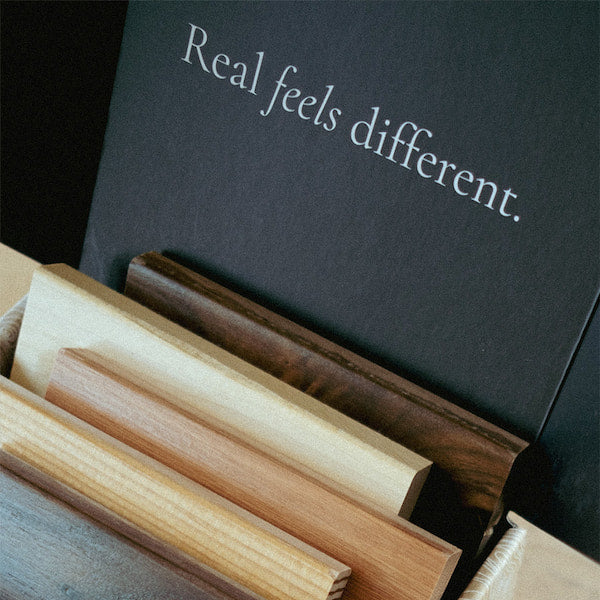
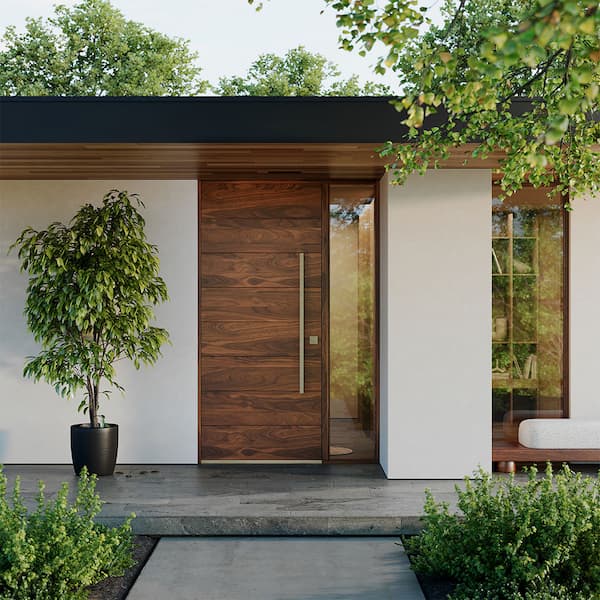


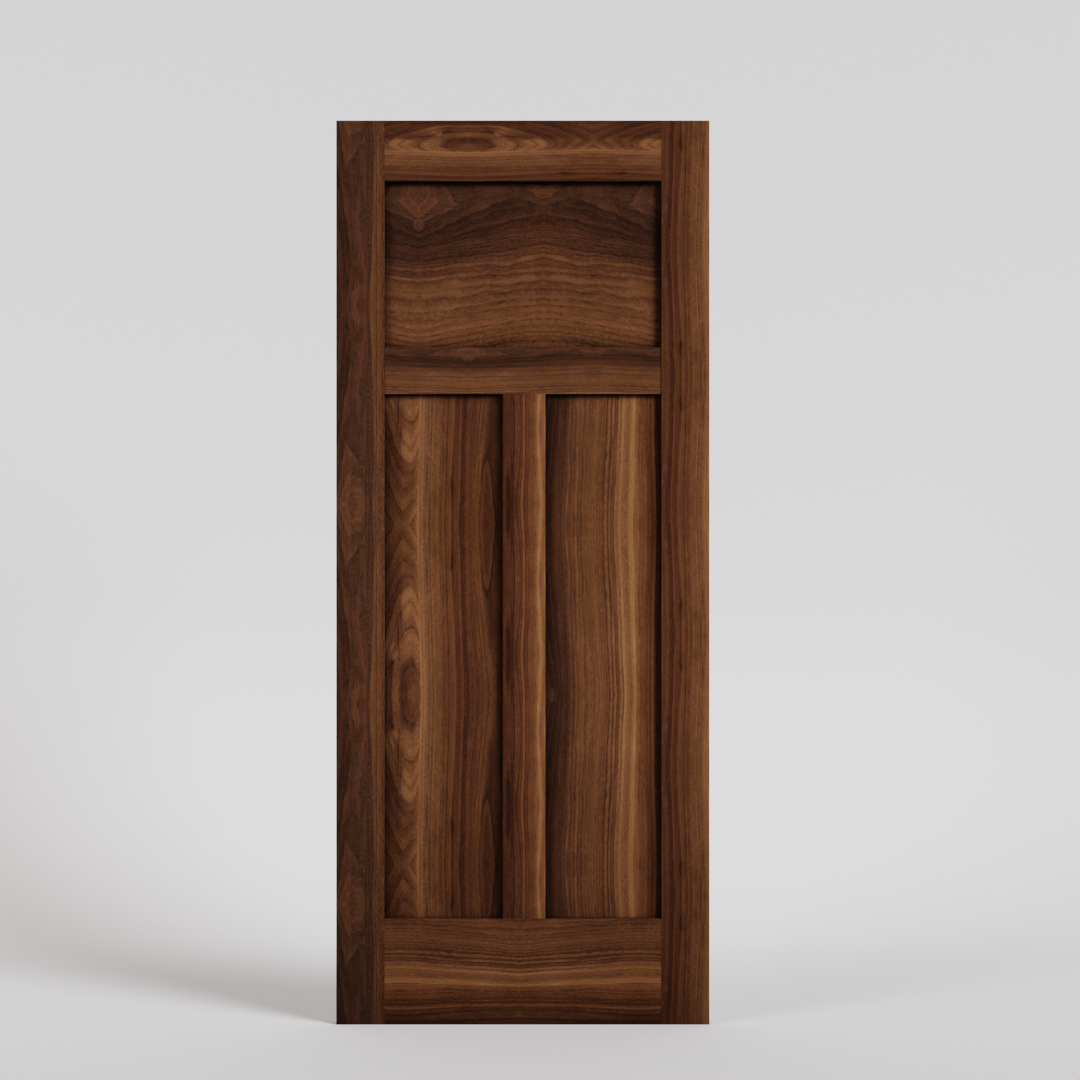
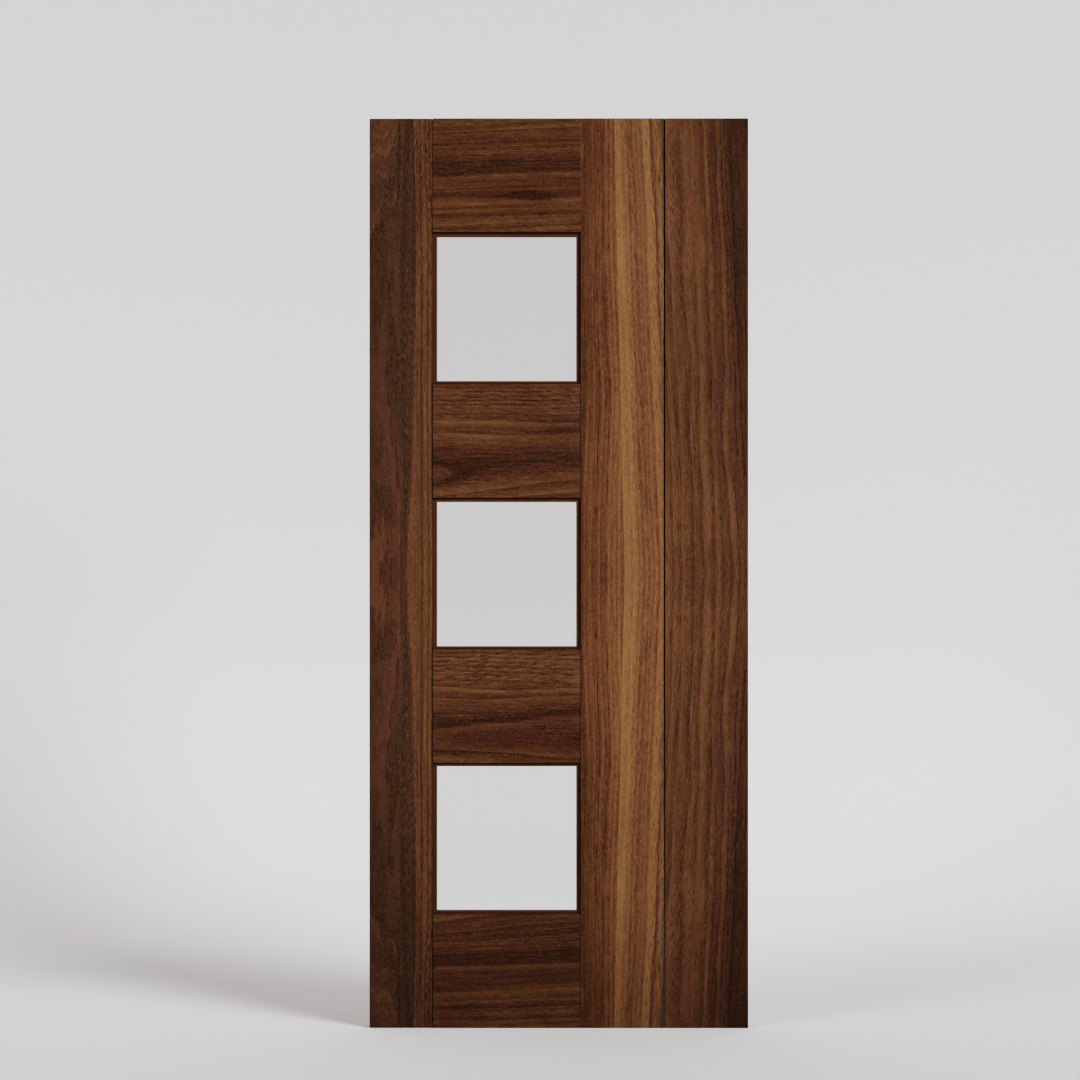
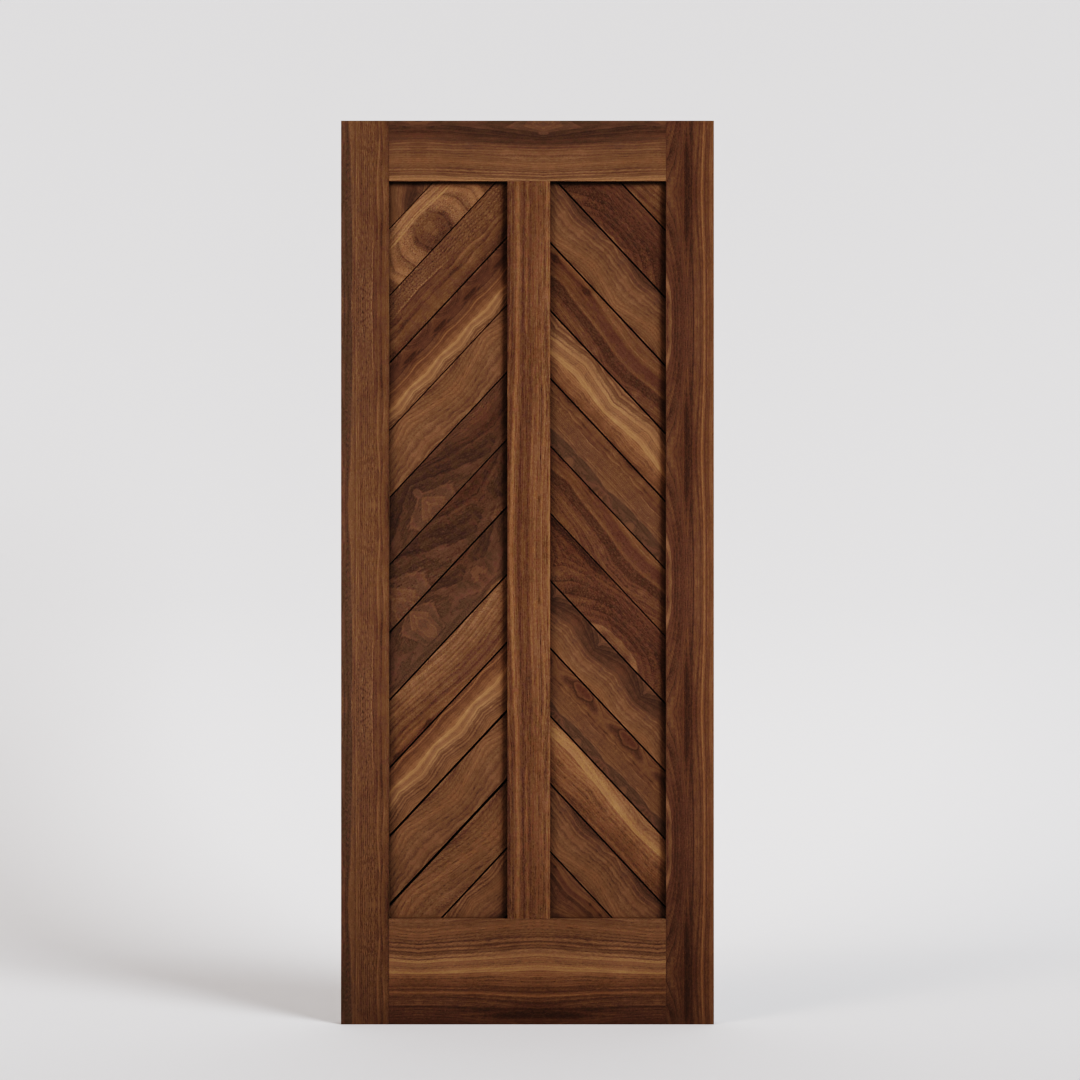
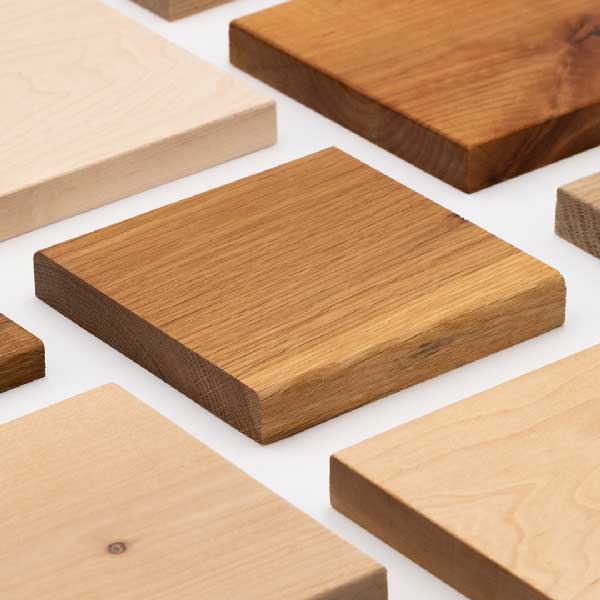

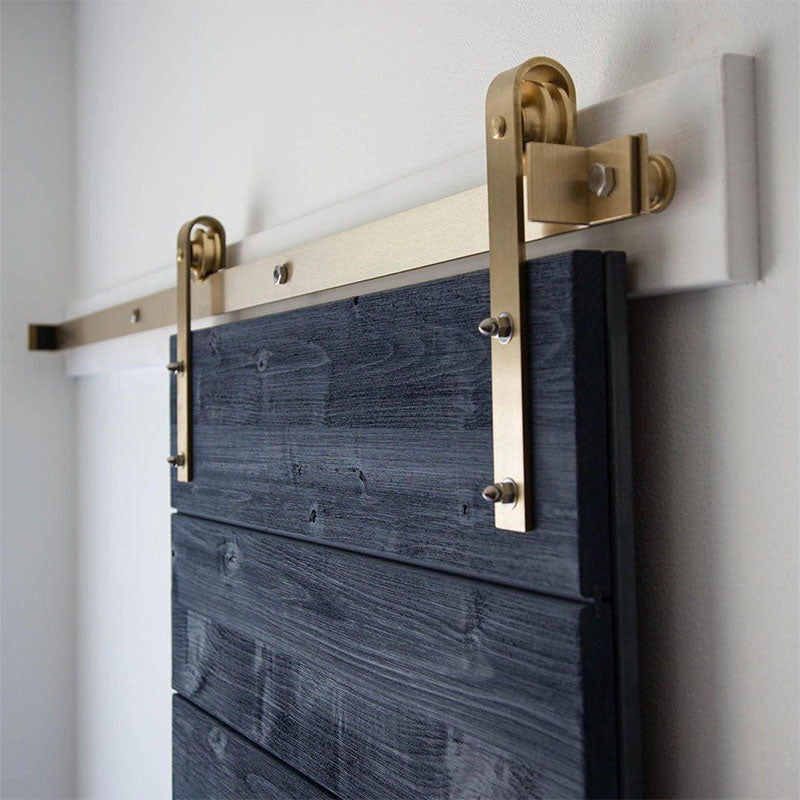
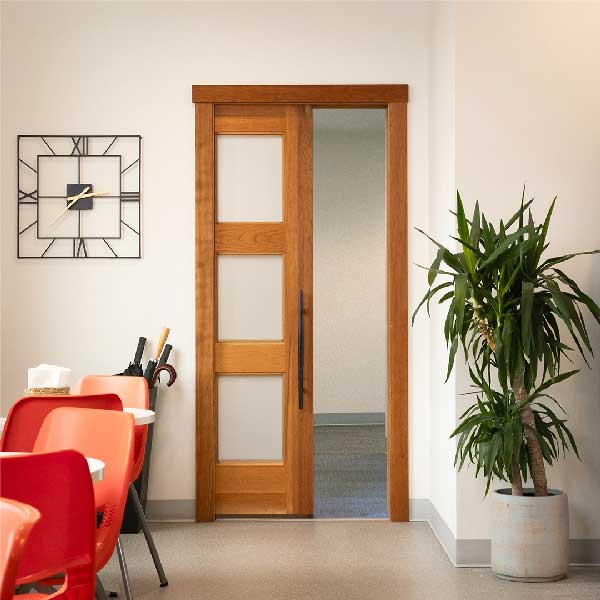
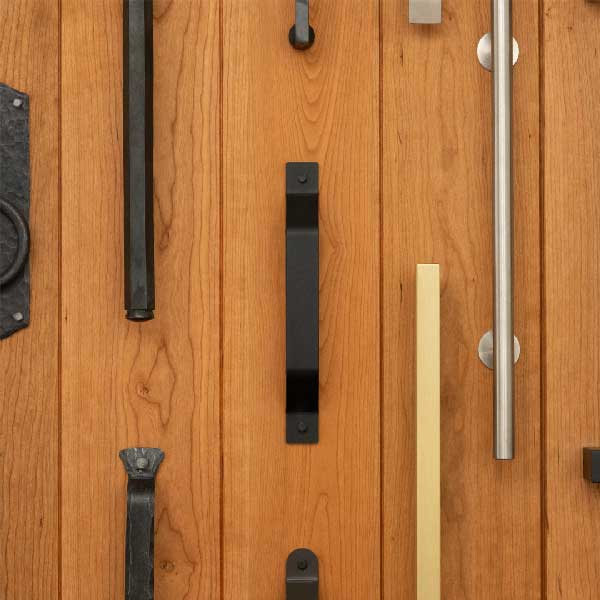

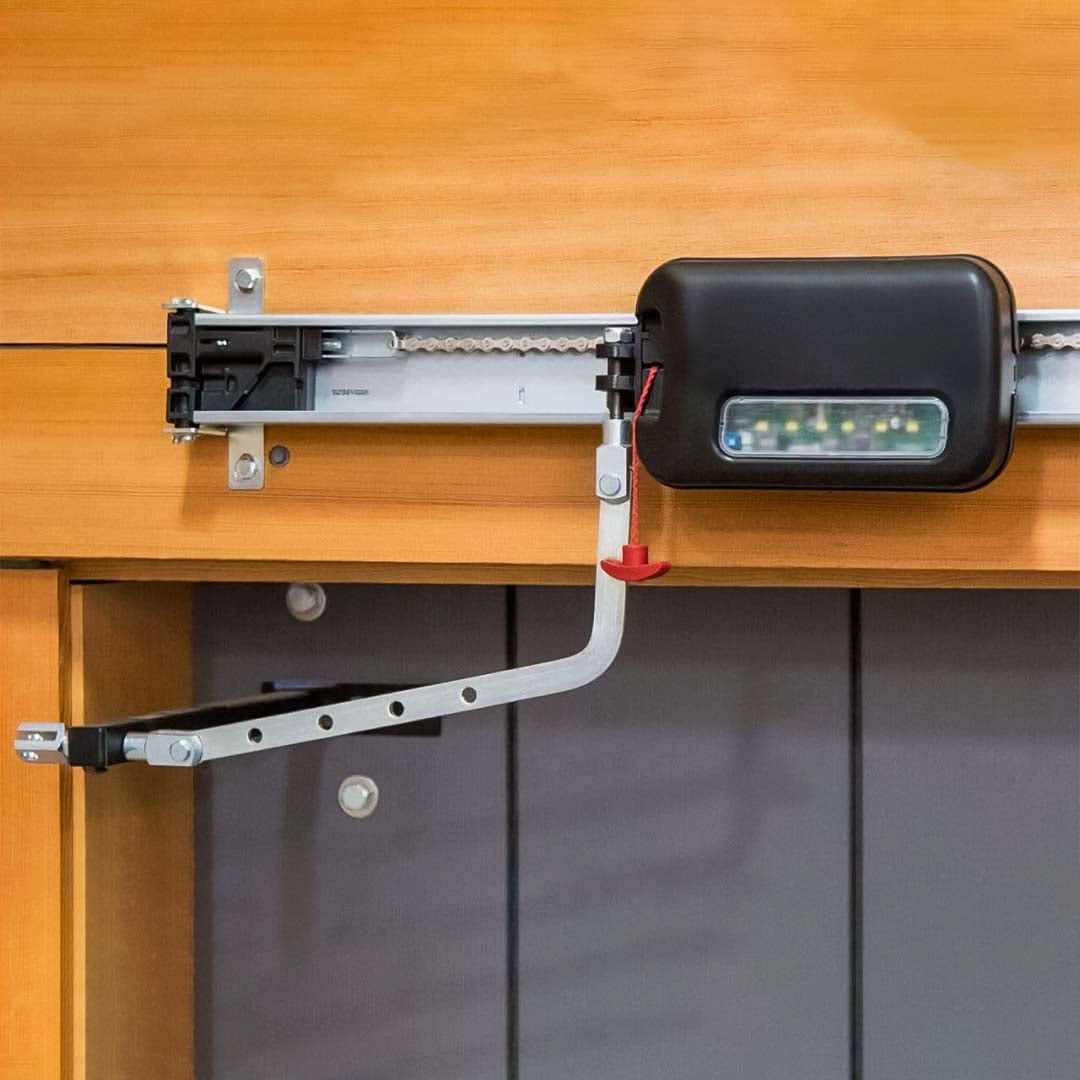






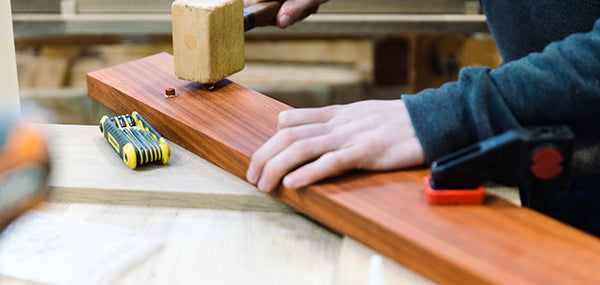

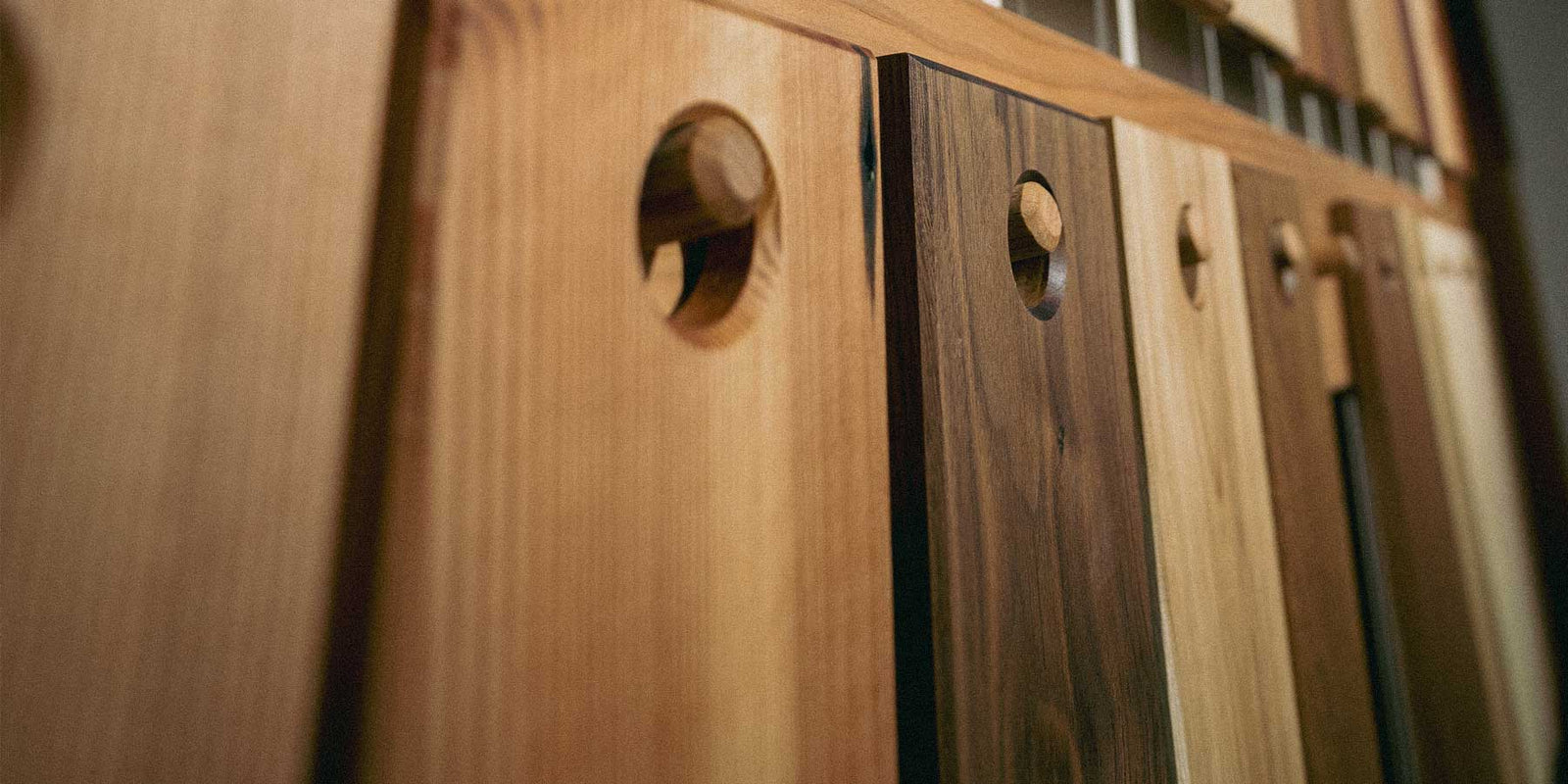
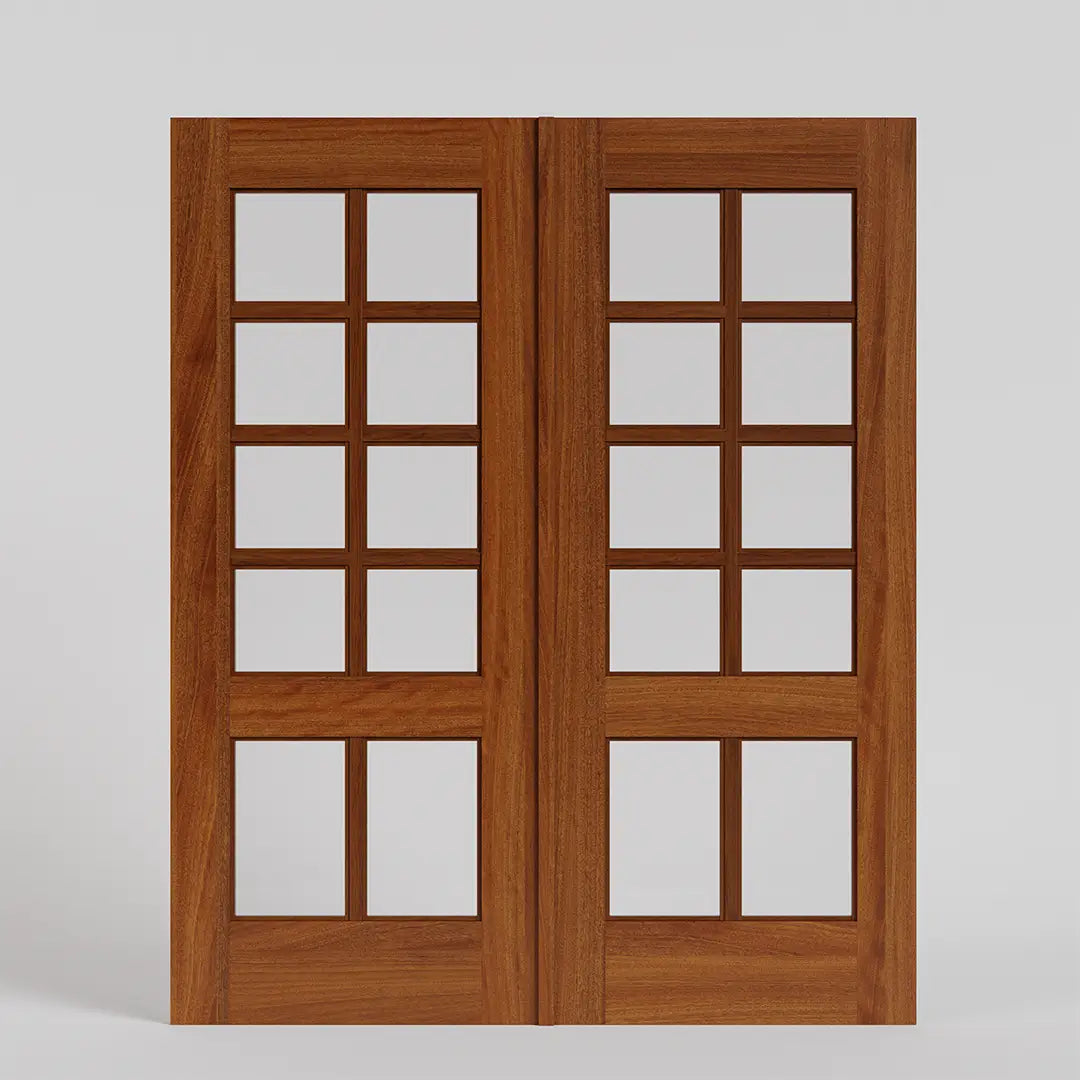
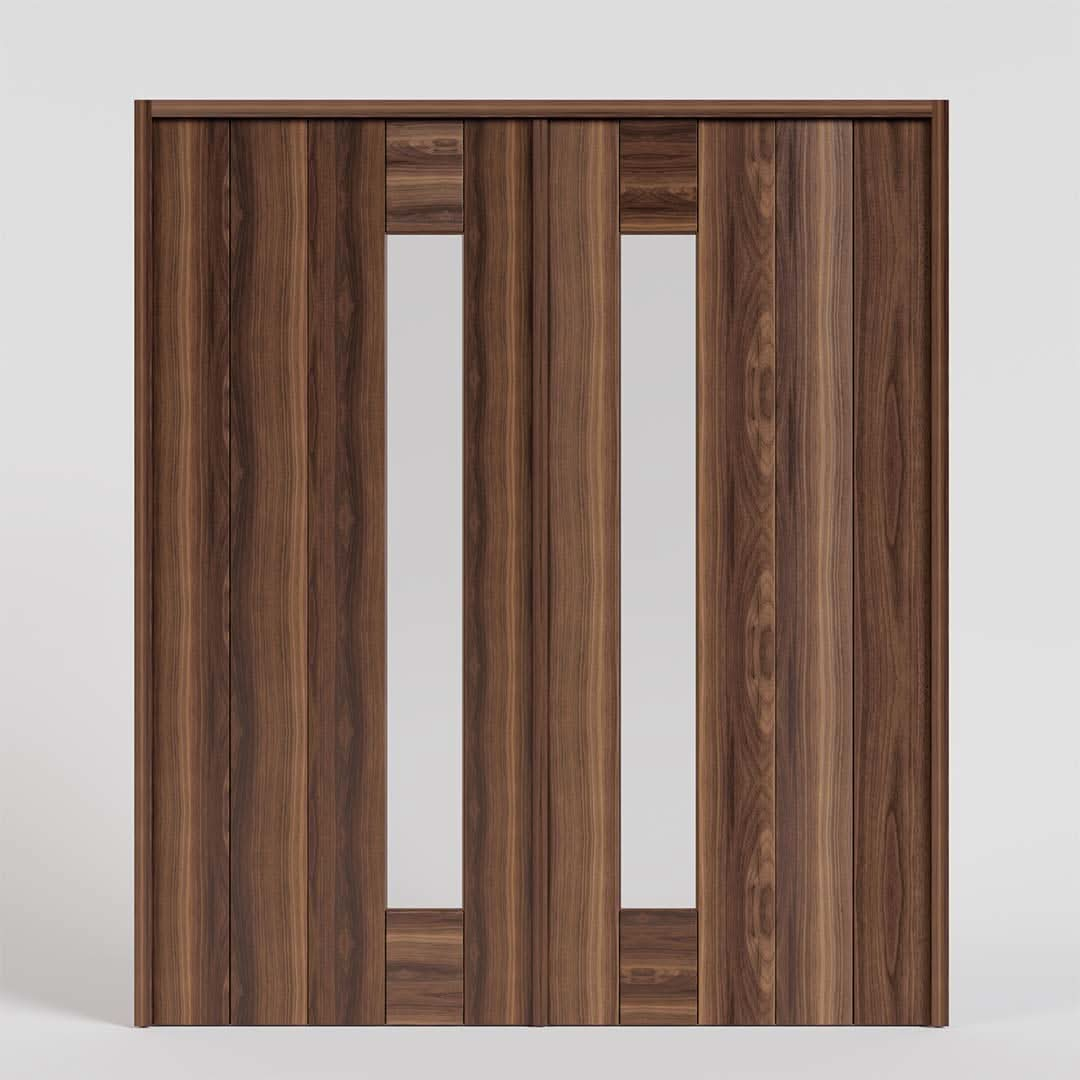
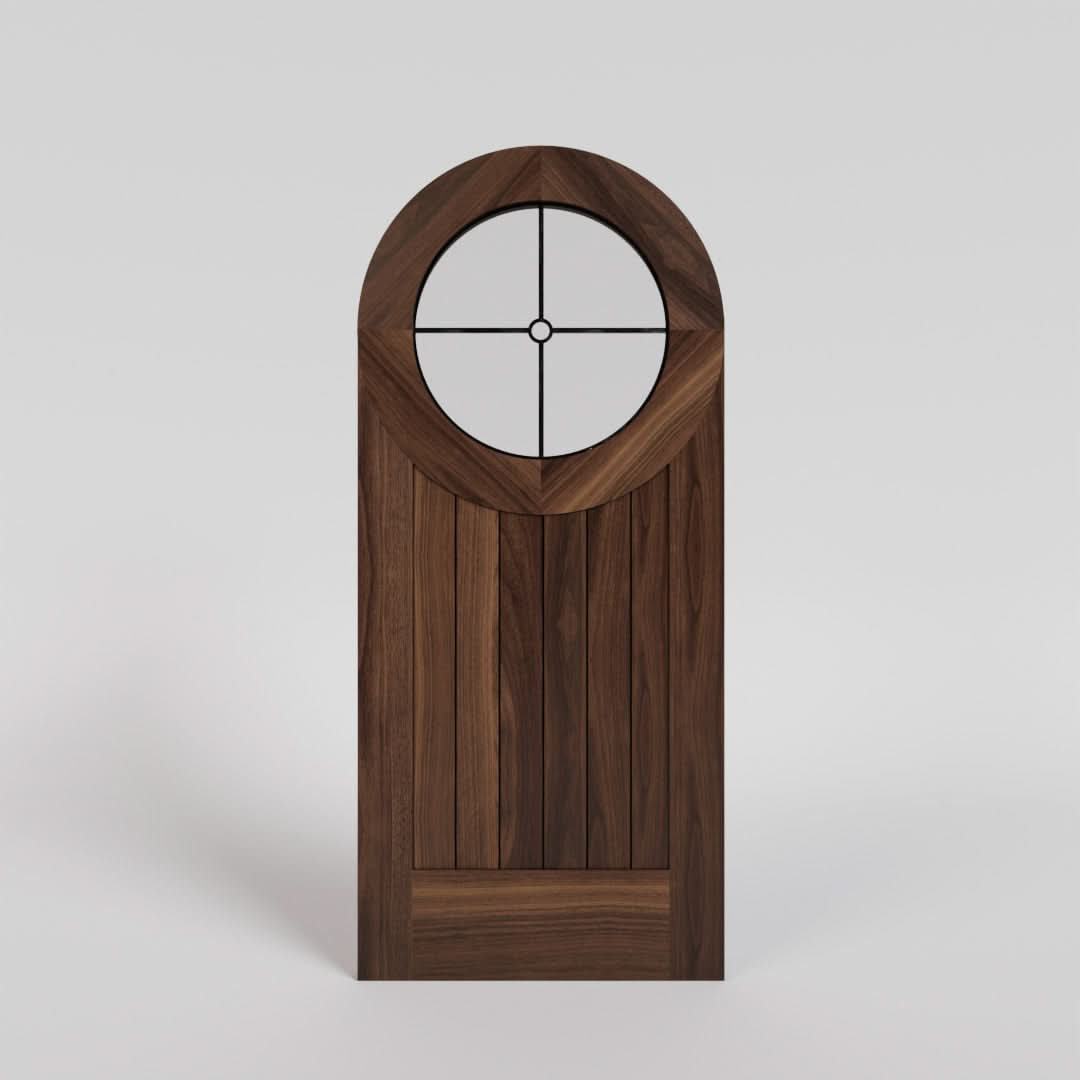
Ed Vachal
April 08, 2025
Hi. Great article and insight into the wide world of wood. Please don’t forget. Lignum Vitae. I think the Janka is 5000.
Your pictures are always amazing.
Be well. Ed